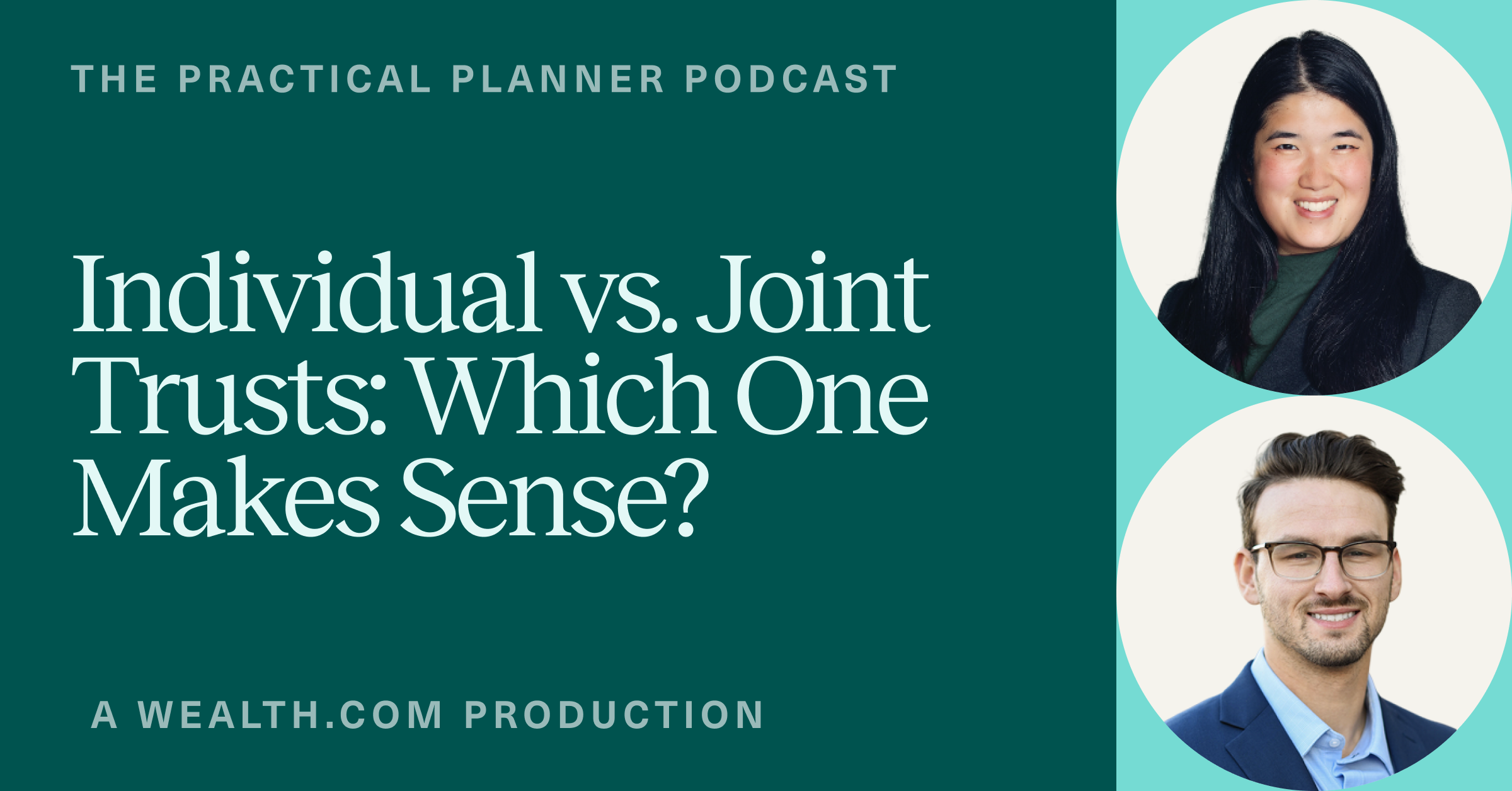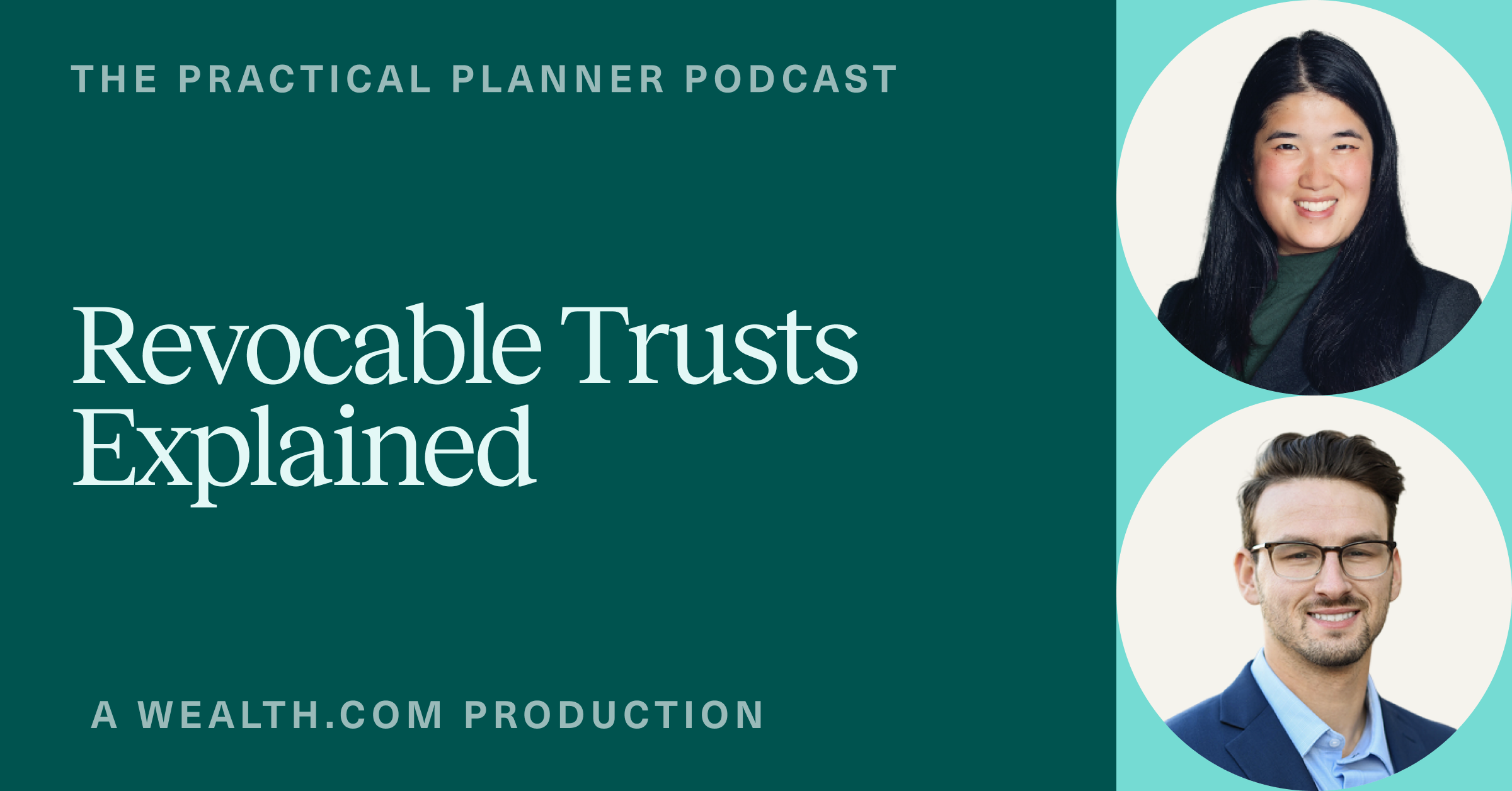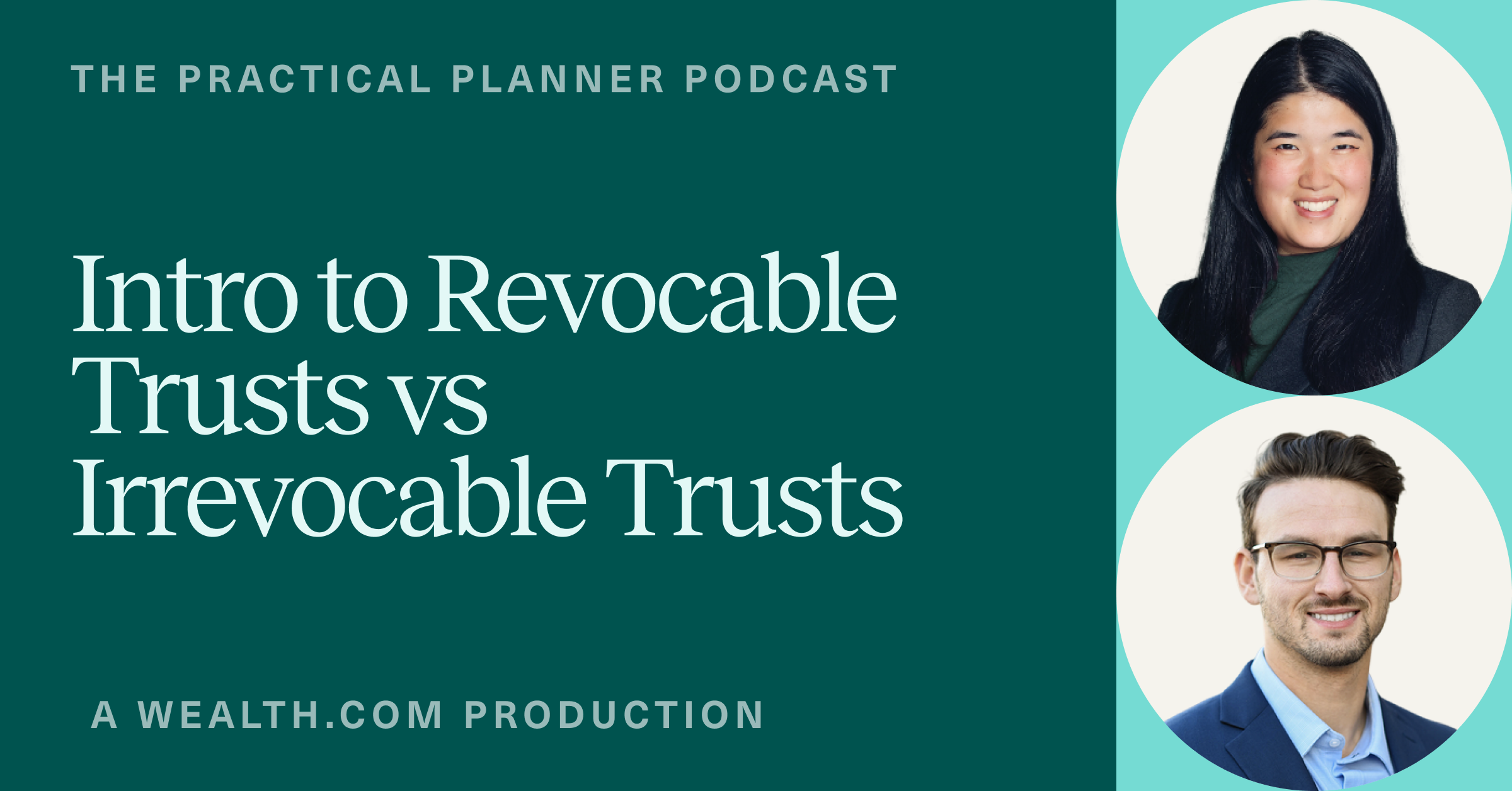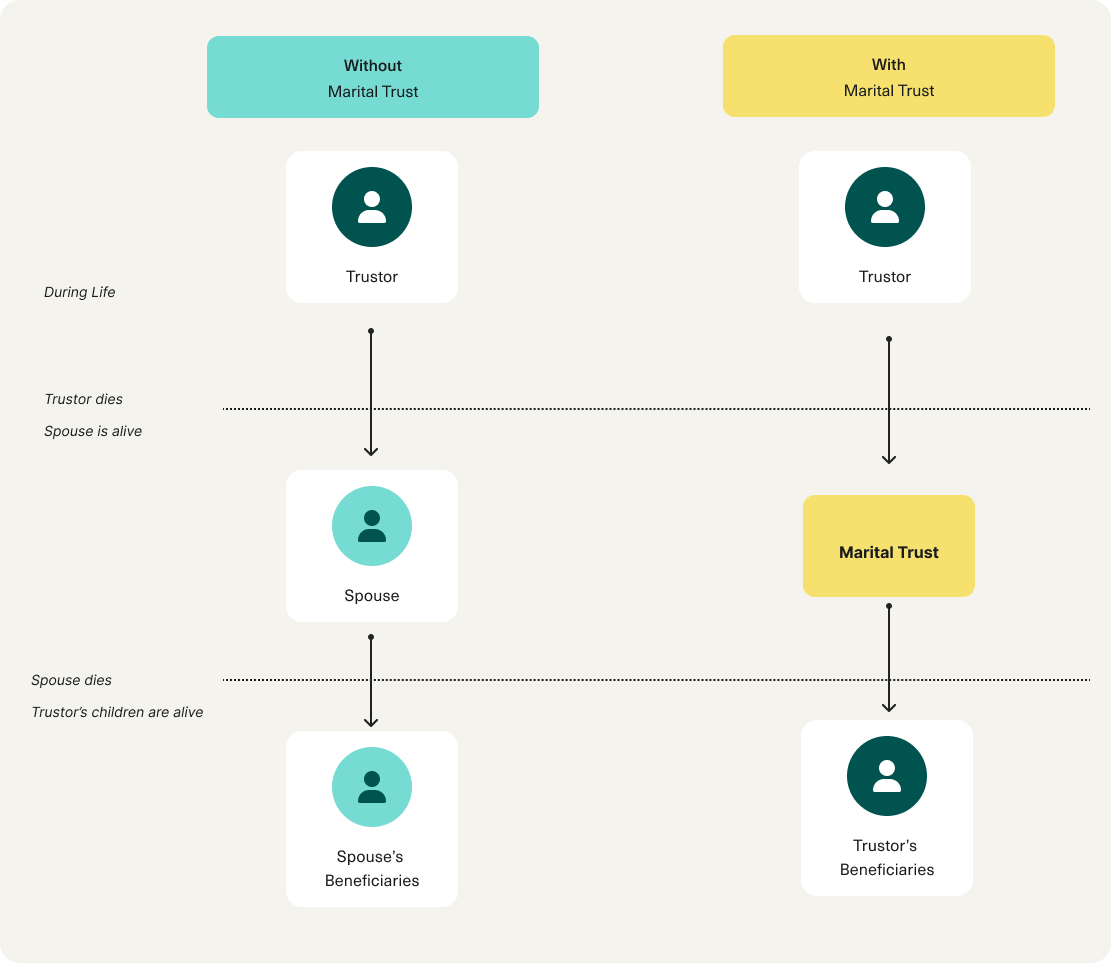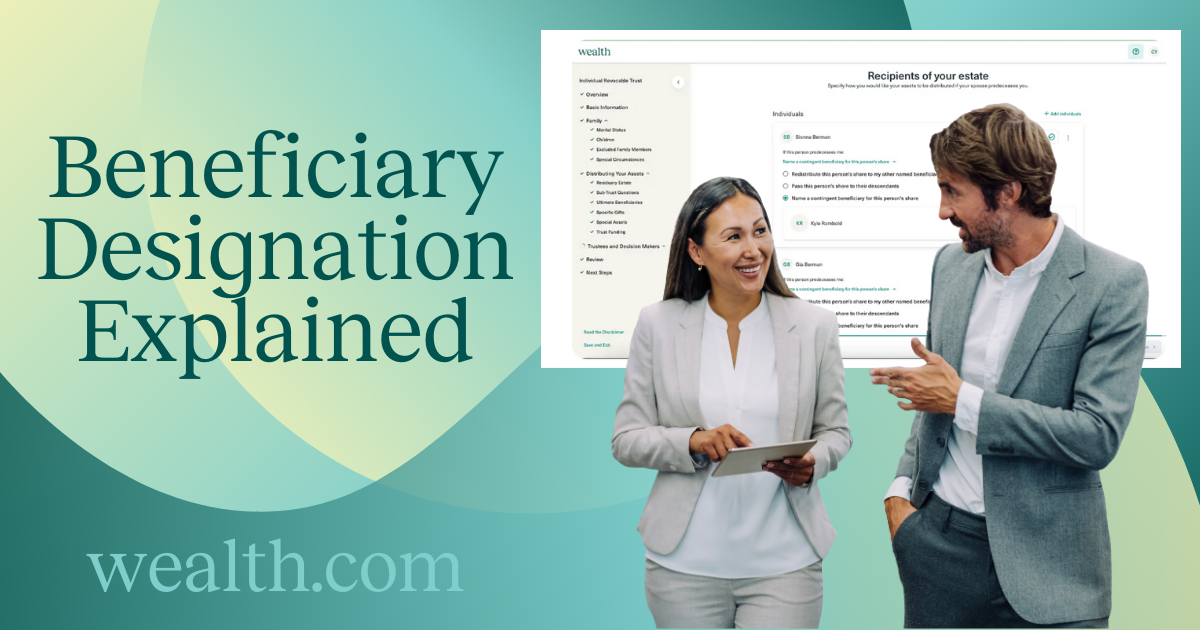Deciding to fund an individual or a joint trust may seem like a straightforward decision. But there are a number of factors that can impact which one to choose.
Hosts Anne Rhodes, Chief Legal Officer at wealth.com and Thomas Koppelman, Head of Community at wealth.com and Lead Financial Advisor at AllStreet Wealth, get into the major differences between the two types of trusts, how people should approach choosing the right type of trust, and some misconceptions, including:
- How living in or moving to a community property state could impact a decision
- How joint trusts may negatively impact tax planning
- Why a joint trust doesn’t always have to be between spouses
